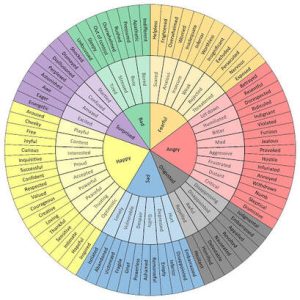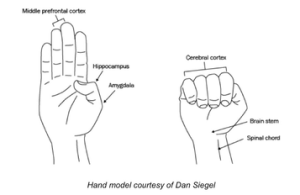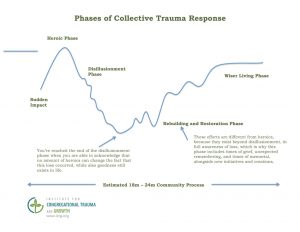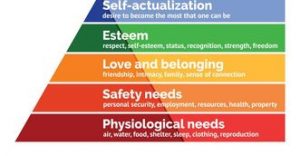How to Connect With Your Teen So They Feel Understood
When my kids do something pretty outrageous, my first urge is yell- “what were you thinking?!?!”
It’s a work in progress, I take a lot of deep breaths, and repeat my 3 mantras. I still often default to – what were they thinking ?!
Connecting with your teens can be hard, especially if you are met with sarcasm, mean words, and attitude that would pierce even the hardest of heart shells.

Photo by Kevin Lehtla on Unsplash
What’s Going On With Their Brain
Tween and teen brains are undergoing many different developmental changes and their identities are forming. Their limbic system (emotion centre, reward, pleasure, and motivation) is ON and their pre-frontal system (rational, impulse control, decision making) is still wiring.
This means youth are much more prone to interpret body language, tone, and words as judgmental and self-focused. You might say “Oh, new shirt?” and it may be received as “you look bad” or “I’m noticing all of your imperfections”.
This can make it hard to say the right thing or not have a 40 foot wall suddenly appear between the two of you.
If you want to flip some of those interactions and connect with your teen, even though you are tired and don’t need another thing for your brain to take in, here is a no-brainer I have found super helpful.
I stick to these 3 mantras to guide me:
- I want to understand
- I am listening with empathy
- I may not like it, but we can get to that

Photo by Nick Fewings on Unsplash
I Want To Understand
I follow the L.I.S.T.E.N acronym: Listen, Inquire, Self-Regulate, Tone, Empathy, No advice giving. I want to understand is about 100% curiosity and trying to understand as best you can their experience. It’s not an interrogation. It’s not a solution giveaway. This is a great way to get your teen to build their reflective and awareness skills. There will be opportunities for advice, guidance and coaching, but to start off with, using LISTEN can really help open up that dialogue.
I am Listening With Empathy
I already said empathy I know, but this one deserves its own mantra. The definition of empathy, courtesy of Brené Brown is “to be nonjudgmental, understand another person’s feelings, and to communicate your understanding of that person’s feelings”.
When all I want to do is give the solution, explain my stance, or just tell them to stop, these are my red flags that I am not listening with empathy. I pause and reset and authentically say something from a place of empathy like, “that sounds really hard”, “I know it doesn’t seem fair”, “I can’t imagine…”.
It’s a game changer.

Photo by Canva
I May Not Like It, But We Can Get To That
Some things will be hard to listen to! There are going to be times when you will have to clarify expectations, help them navigate safety in situations, and give some helpful suggestions. “But We can get to that” reminds me that I always want to start with the first two mantras.
You can always come back to things that are important in another conversation. Your relationship with your teen and the conversations that go with it are not a One Shot Deal.
If you follow these 3 mantras you are sure to feel more connected to your teen and stay a support in their squad.
If you found this post helpful, pass it on by emailing a friend or sharing it on Twitter or Facebook- Thanks!

Chantal Côté (she/her) is a psychologist and teen life coach living in Calgary, Alberta. After over a decade in non-profit and community mental health, Chantal started Pyramid Psychology, a practice dedicated to supporting teens – a population she is constantly amazed by. Chantal is on a mission to help 100,000 teen girls (and their parents) build bulletproof mindsets so they can weather the ups and downs of life. As part of this goal, Chantal has had the privilege of speaking at various events – virtual and live – to support teens and parents.
Outside of this passion, Chantal is often in nature, writing poetry, playing ball hockey and hanging out with her loved ones.
Each week, Chantal writes a blog article in response to issues she hears from the parents and teens she connects with.
If you have something you’d like to read more on – email ideas and questions to info@pyramidpsychology.com or DM us via Instagram or Facebook.




































 Chantal Côté (she/her) is a psychologist and teen life coach living in Calgary, Alberta. After over a decade in non-profit and community mental health, Chantal started
Chantal Côté (she/her) is a psychologist and teen life coach living in Calgary, Alberta. After over a decade in non-profit and community mental health, Chantal started 





































